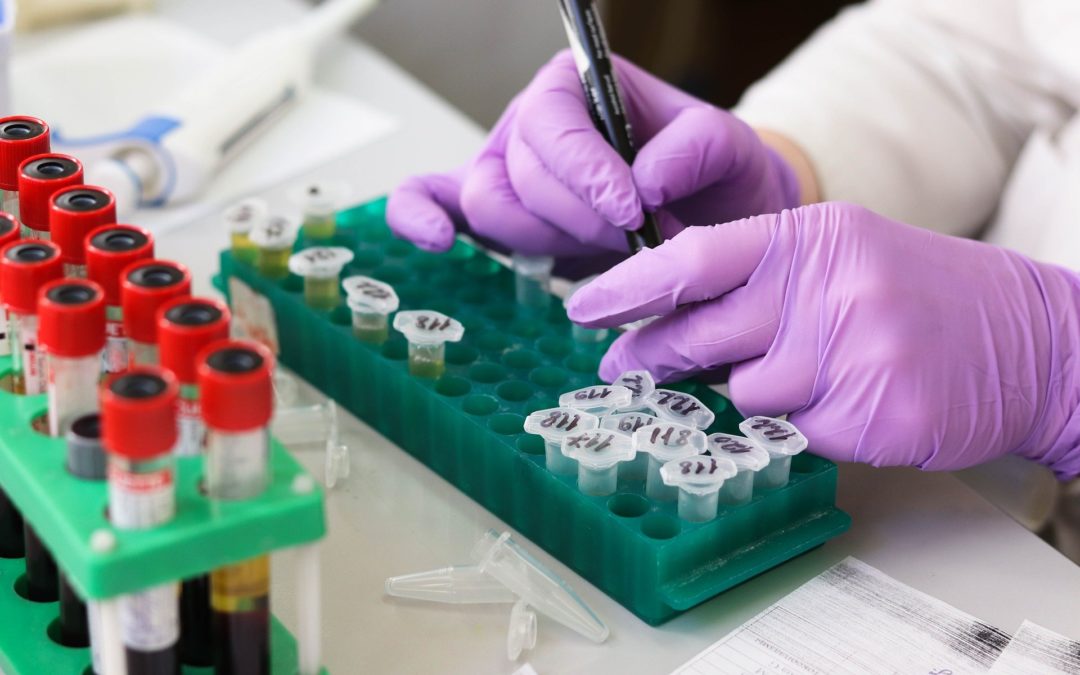Association of Blood Biomarkers With Acute Sport-Related Concussion in Collegiate Athletes: Findings From the NCAA and Department of Defense CARE Consortium
McCrea M, Broglio SP, McAllister TW, Gill J, Giza CC, Huber DL, Harezlak J, Cameron KL, Houston MN, McGinty G, Jackson JC, Guskiewicz K, Mihalik J, Brooks AM, Duma S, Rowson S, Nelson LD, Pasquina P, Meier TB, and the CARE Consortium Investigators. JAMA Network Open; 2020. DOI: 10.1001/jamanetworkopen.2019.19771
Take-Home Message
Blood tests may differentiate people with an acute concussion from peers; however, for now, we need to rely on multiple clinical tests to diagnose a concussion.
Summary
Diagnosing a concussion can be problematic due to the limitations of relying on self-reported symptoms. Diagnostic biomarkers could objectively assess for a concussion; however, clinicians still lack these biomarkers. Therefore, the authors performed a case-control study to determine the association of acute blood biomarkers levels with a sport-related concussion among 504 collegiate athletes. The authors relied on clinical findings and blood samples collected from 2015-2018 at 6 institutions (part of the NCAA-DoD CARE Consortium). Two hundred and sixty-four athletes (~19 years of age, 80% male) that suffered a concussion were matched to someone without a concussion that competed in a contact or noncontact sport. The authors matched based on institution, sex, race, and preseason reading test score. The athletes completed clinical testing (SCAT-3, BESS, BSI-18) and blood collection at several time points:
- preseason (excluding noncontact sport controls)
- less than 6 hours after injury
- 24 to 48 hours after injury
- the point of reporting being asymptomatic and the start of a return-to-play protocol
- 7 days after unrestricted return to play
- 6 months after injury
Athletes suffering from a concussion had higher biomarker levels (GFAP, UCH-L1, tau) at the acute time point compared with their preseason levels and the control athletes. Only 1 biomarker (GFAP) remained high at 24 to 48 hours after a concussion. One biomarker failed to perform well (neurofilament light chain). The contact sport and noncontact sport controls had similar levels of all biomarkers across all time points. The researchers found that the ability of the 4 biomarkers together to differentiate athletes with a concussion from contact sport controls at the acute postinjury time point was 72% (50% is similar to a coin toss).
Viewpoints
The authors found that there were acute changes in several biomarkers from preseason to 6 hours after a concussion, where all but one biomarker returned to preseason levels within 24 to 48 hours. Therefore, the authors concluded that using these 4 biomarkers could improve concussion diagnosis. However, the findings were not conclusive enough to suggest they should be used in clinical practice, and more research will be needed to replicate these findings. Meanwhile, the diagnostic accuracy of commonly used tools (SAC, BESS, SCAT symptom checklist) may have greater sensitivity and specificity (93%, 96%, respectively) than these biomarkers. While this study serves as a nice proof of concept, it may be helpful to explore whether other biomarkers perform better. Currently, medical professionals should continue to use multiple clinical tests for concussion diagnosis and be on the lookout for a reliable objective predictor (e.g., blood biomarker) to use in a concussion protocol.
Questions for Discussion
Are biomarkers something you would be interested in using to assess concussions? If not, what are your concerns?
Written by: Jane McDevitt
Reviewed by: Jeffrey Driban
Related Posts
Serum Biomarkers May Be Beneficial Concussion Diagnostic/Prognostic Tool
Biomarker SNTF May Be The Next New Concussion Diagnosis Tool
Can Biochemical Markers in The Blood Detect Concussions
Biomarkers in Olympic Boxing: Diagnosis and Effects of Repetitive Head Trauma
Blood Test Could Help Provide Information on Prolonged Concussion Recovery


